Aluminium from abandoned aircraft meets gold in Moksh’s innovative jewellery design
Indian jewellery brand Moksh unites recycled aluminium with gold and diamonds in a sustainable new collection, ‘Shourai’
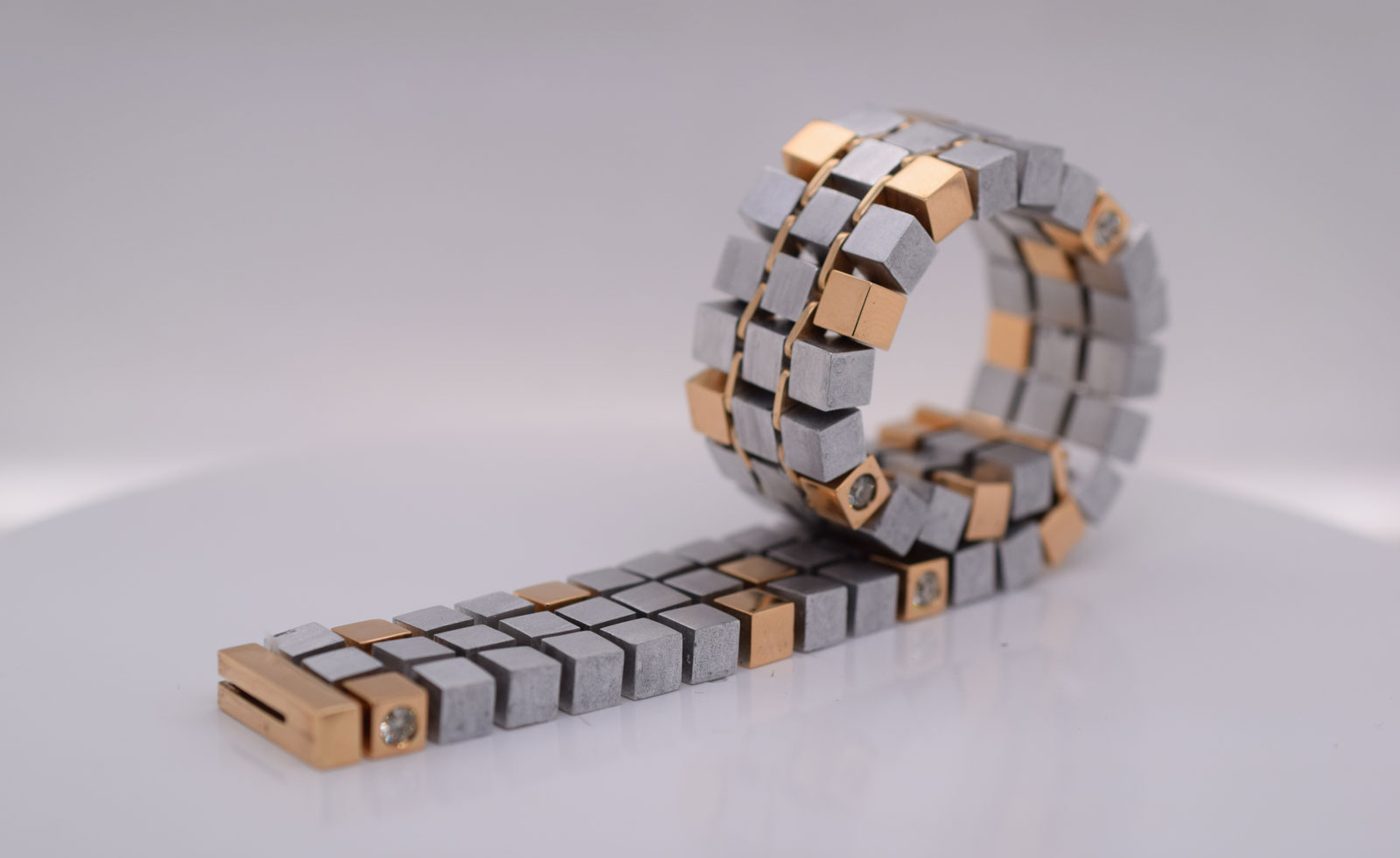
Mumbai-based brand Moksh brings an innovative angle to the sustainability conversation, with jewellery that subjects unexpected materials to precious techniques. Its latest collection, ‘Shourai’ – meaning ‘the future’ in Japanese – converts reclaimed aluminium from abandoned aircraft into precisely drawn cubes, which are then combined with gold and diamonds for geometrically sharp pieces.
‘We want to focus on good design,’ says Moksh CEO Milan Chokshi of the ethos behind the jewellery brand. This new collection, a collaboration with design solutions company Bandit, rethinks the possibilities of traditional jewellery design. ‘Working with Bandit gave us an opportunity to explore the other end of the [jewellery] spectrum from gemstones and legacy, with regards to design. While one [kind of jewellery] is elaborate and detailed, this is simple and efficient – and yet both are engineered with the same principles. Comfort, balance and simplicity.’
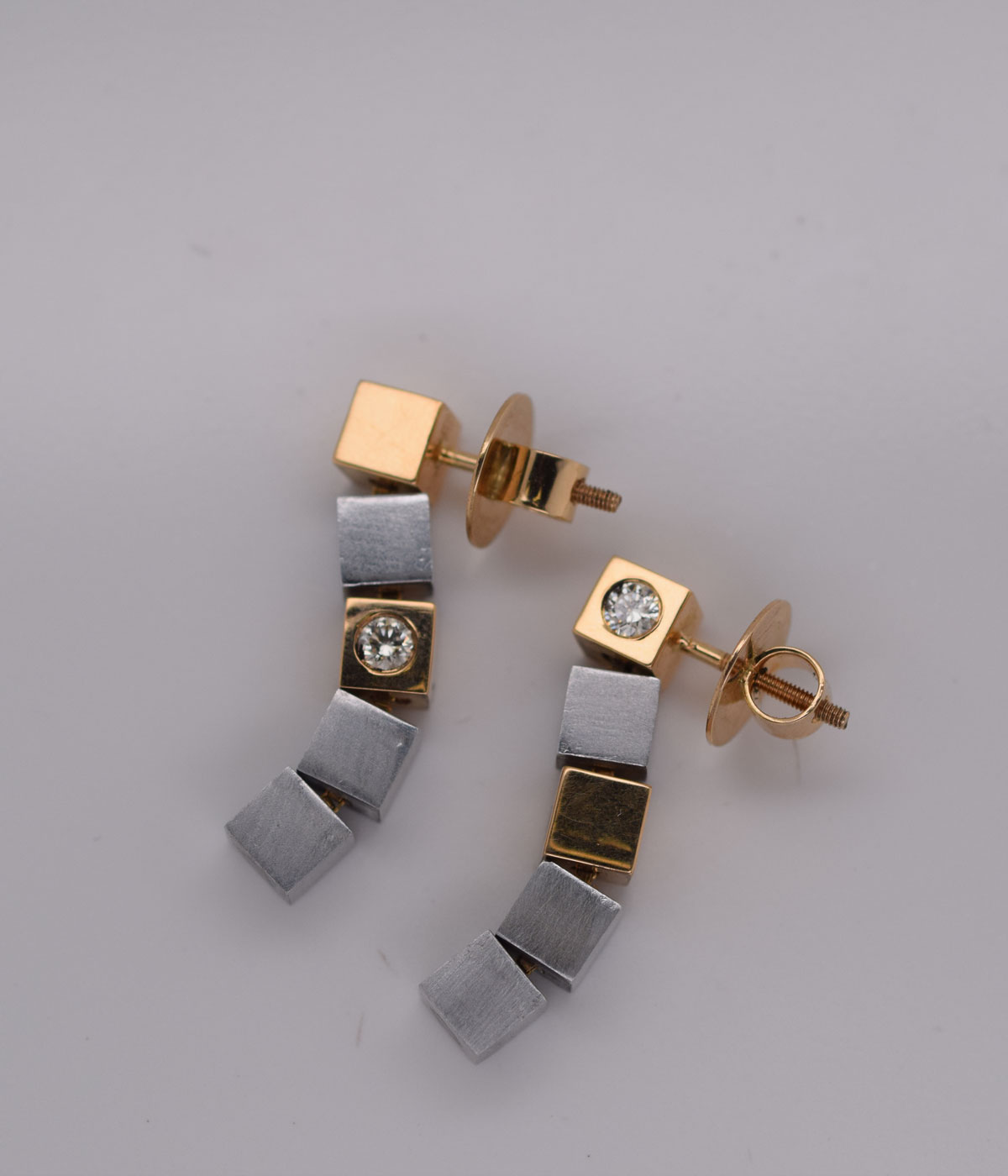
‘It was a chance meeting with a friend, who repaired small aircraft, that led to the idea of using aluminium,’ adds Bandit CEO Satyajit Vetoskar of the creation process.
‘After many visits to his factory and further leads to a larger aircraft junkyard, I got hooked on all kinds of aluminium scrap. It was around the same time that Moksh had asked me to design a jewellery collection for them. This highlights the immense possibility of using a common material, like aluminium, to create uncommon designs.’
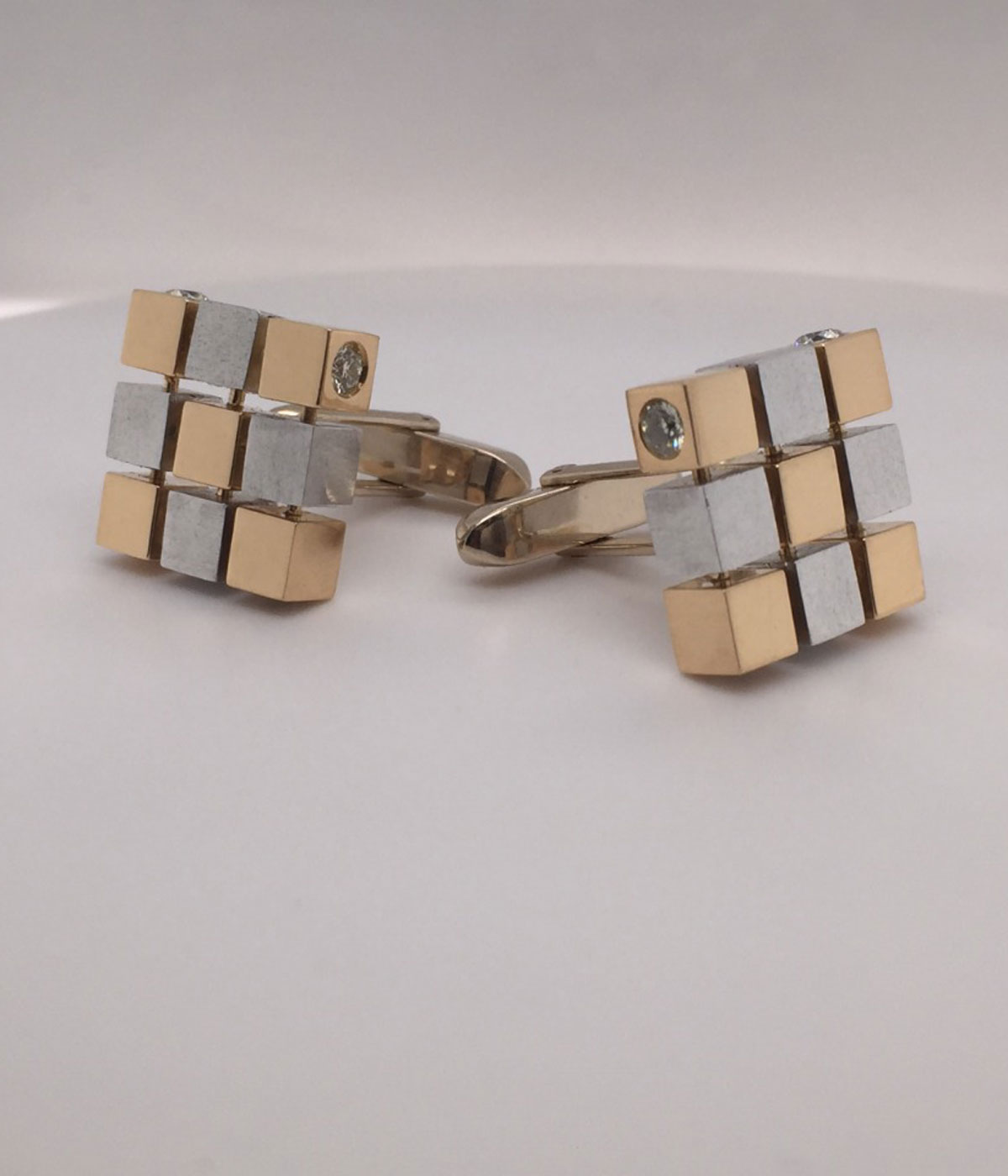
The challenges of combining aluminium and gold, which are diametrically opposed when it comes to their chemical compositions, were immense. Their final forms, as pure cubes, make a simple foil for this complexity. ‘The inspiration was not just from a Japanese clean minimalist look, but was largely about how simple the jewellery is to make,’ says Vetoskar.
‘The aluminium cubes are cut using industrial CNC machines, while the gold cubes are made by hand. The combination of the brushed aluminium and the polished gold linked by simple rods creates the pieces. This design ensures less time for craftsmanship, lower energy consumption and less waste; hence, [it’s] a sustainable design. The packaging is also made from recycled paper, again in the shape of a cube.’
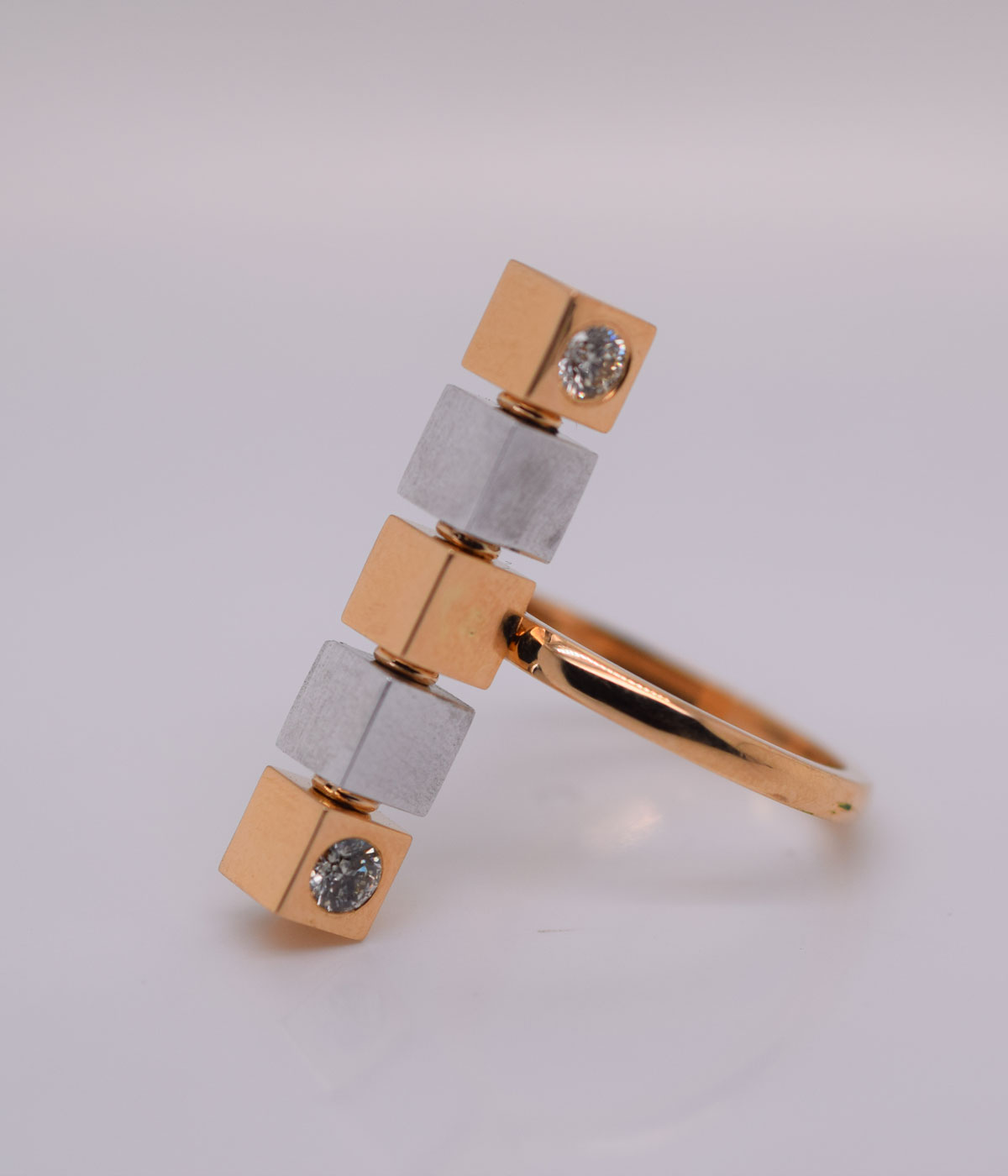
INFORMATION
Wallpaper* Newsletter
Receive our daily digest of inspiration, escapism and design stories from around the world direct to your inbox.
Hannah Silver is the Art, Culture, Watches & Jewellery Editor of Wallpaper*. Since joining in 2019, she has overseen offbeat design trends and in-depth profiles, and written extensively across the worlds of culture and luxury. She enjoys meeting artists and designers, viewing exhibitions and conducting interviews on her frequent travels.
-
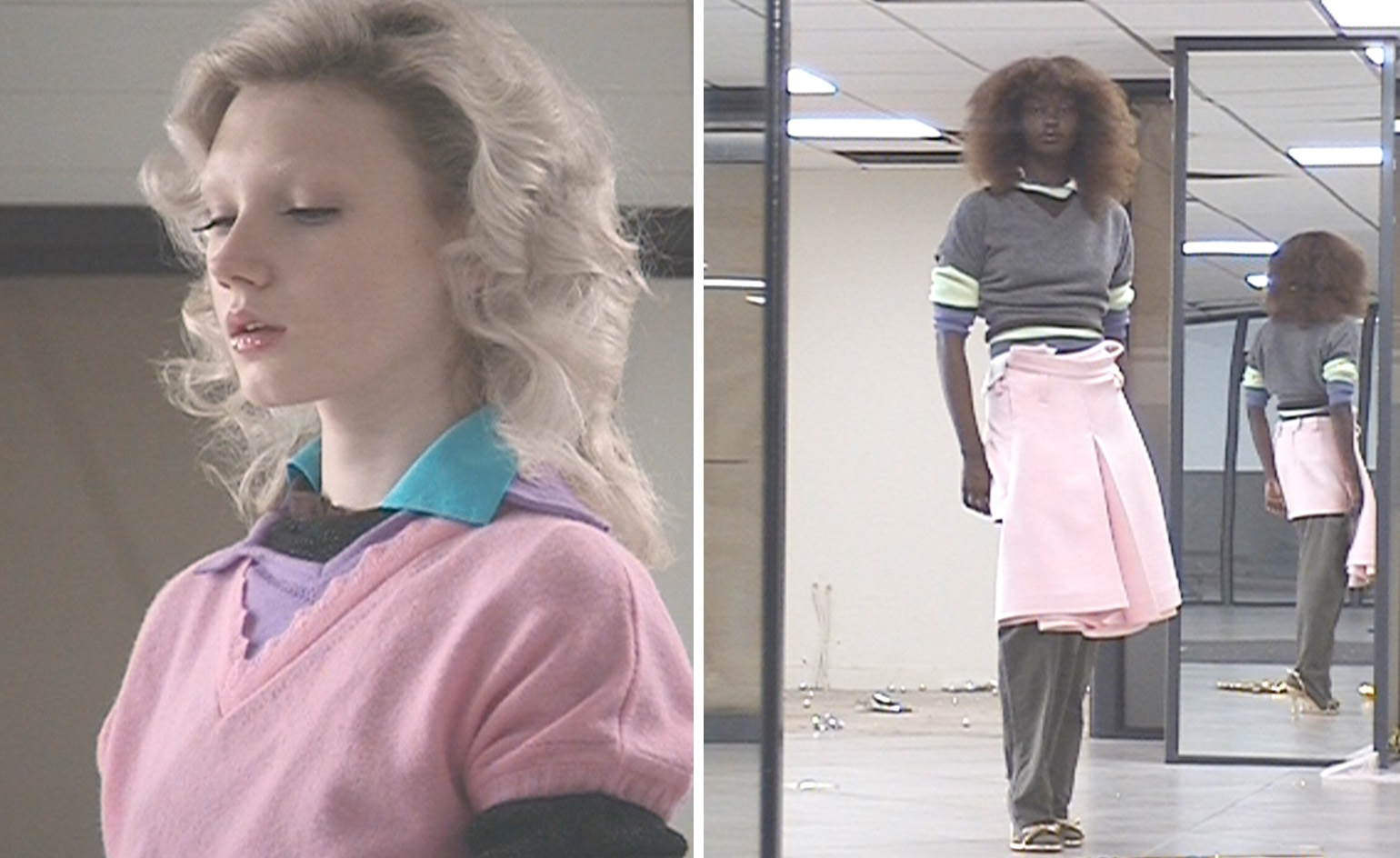 All-In is the Paris-based label making full-force fashion for main character dressing
All-In is the Paris-based label making full-force fashion for main character dressingPart of our monthly Uprising series, Wallpaper* meets Benjamin Barron and Bror August Vestbø of All-In, the LVMH Prize-nominated label which bases its collections on a riotous cast of characters – real and imagined
By Orla Brennan
-
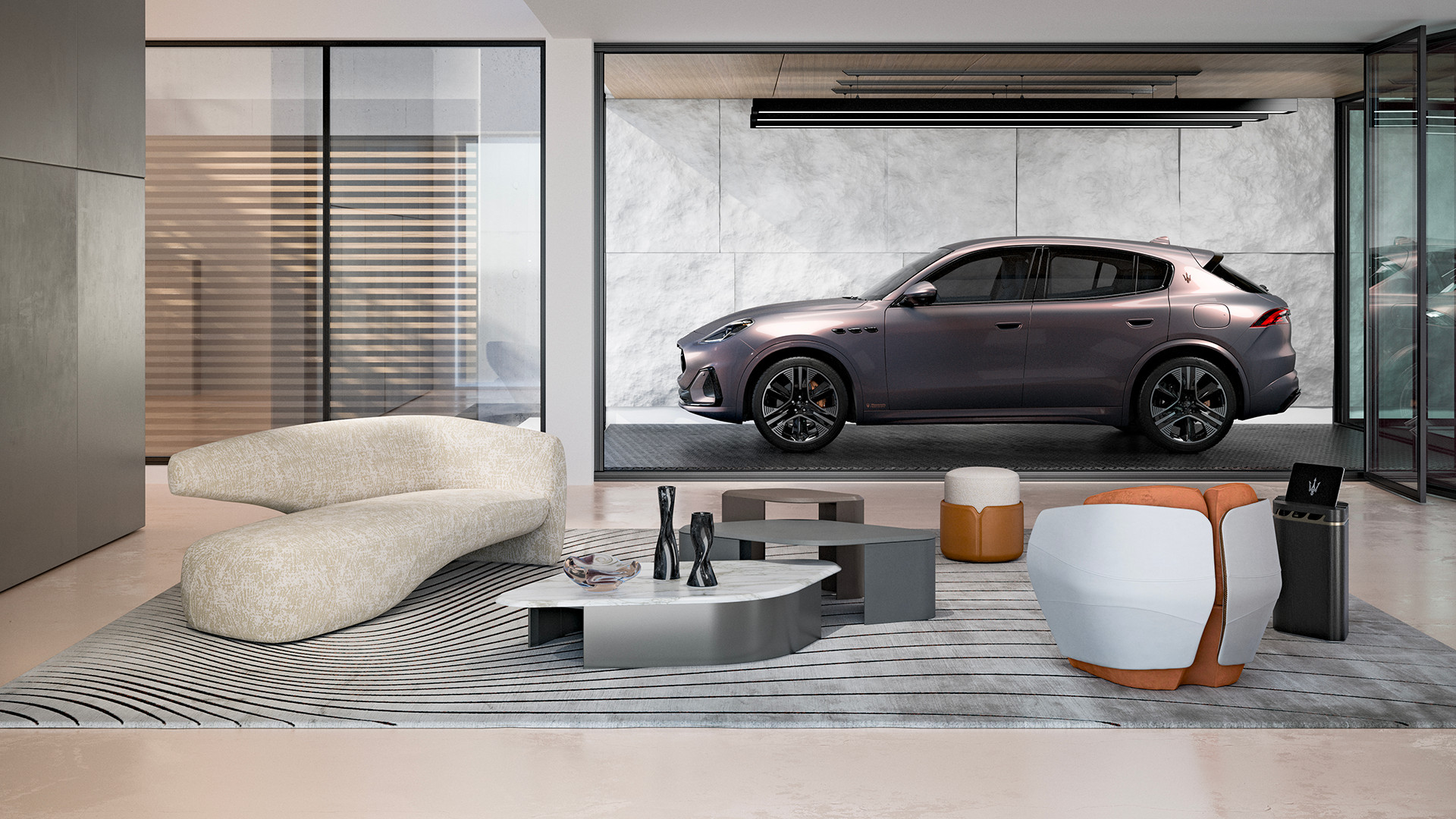 Maserati joins forces with Giorgetti for a turbo-charged relationship
Maserati joins forces with Giorgetti for a turbo-charged relationshipAnnouncing their marriage during Milan Design Week, the brands unveiled a collection, a car and a long term commitment
By Hugo Macdonald
-
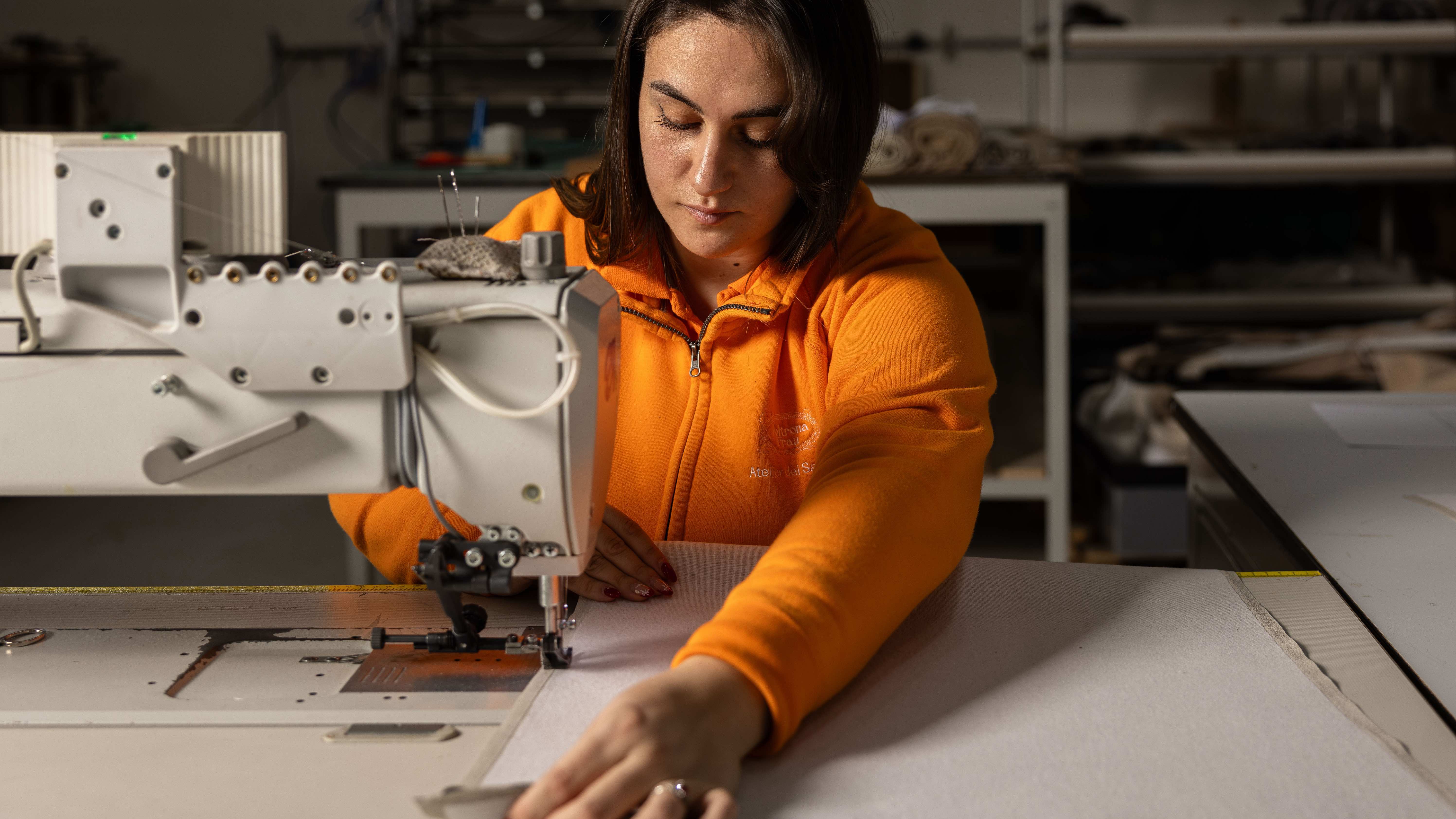 Through an innovative new training program, Poltrona Frau aims to safeguard Italian craft
Through an innovative new training program, Poltrona Frau aims to safeguard Italian craftThe heritage furniture manufacturer is training a new generation of leather artisans
By Cristina Kiran Piotti